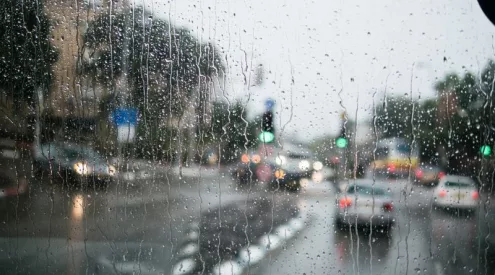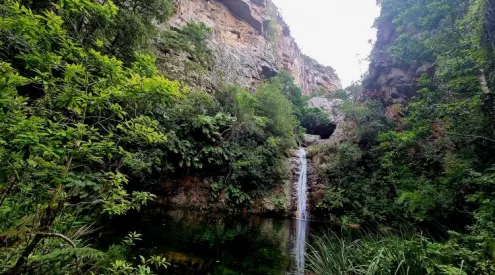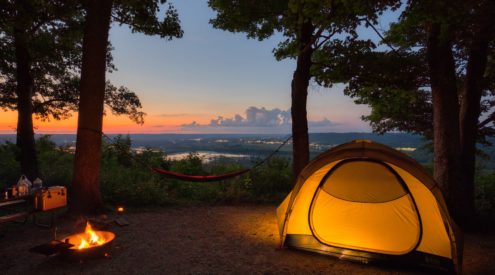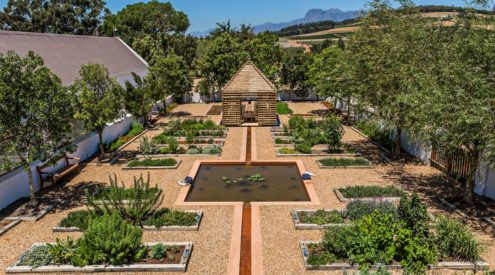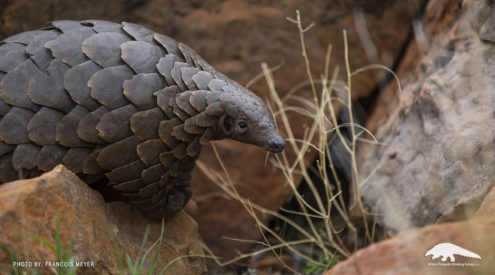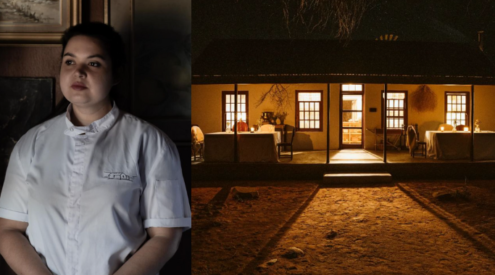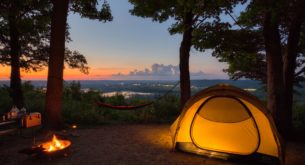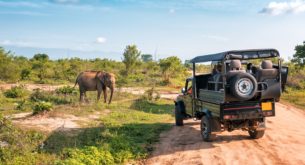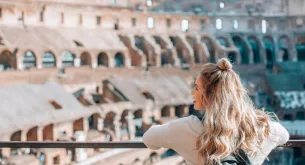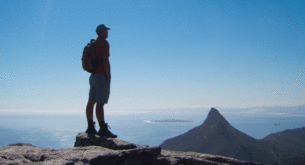As we climbed into the Himalayas, Leh seemed an awfully far away.
Along the crazy road with no side barriers between us and doom was the occasional sign with exhortations to take care: ‘Road is hilly, don’t drive silly,’ ‘If you’re married, divorce speed,’ ‘Speed and safety never meet’ and, rather puzzlingly, ‘Leave nothing, even your footprints.’ Beside a particularly appalling section of track a sign read: ‘In process of making a world-class road.’
For more than half the year the road is under deep snow. In 1947 this was the route of thousands of families moving between India and the newly proclaimed Pakistan. Looking around, the death rate must have been appalling. In the partition more than a million people were killed and Kashmir became a contested state.
Beautiful beyond measure but remote and vulnerable – the most sparsely-populated region of India – it was invaded by both China (1962) and Pakistan (1947, 1965 and 1999). By 2002 a million soldiers were facing each other across the Indo-Pak border. War was narrowly averted, though insurgency continued (Two weeks after we left soldiers were killed in a border skirmish along this road.)
As we crested a watershed and dropped into the Himalayan rain shadow, the scenery changed abruptly from forests and streams to the harsh rock of the world’s highest ice desert. Nothing I had read or imagined prepared me for the splendour of that phantasmagoria of ice and stone. The vast rock wind palaces had been fashioned by time and immense forces into shapes that were impossible to believe. When we stopped, the silence was truly stunned and sound-swallowingly breathless.
No rain falls here and for more than half the year it’s blanketed by snow. There was hardly a plant in sight, but the colours of the earth’s rocky bones went from volcanic black through reds, browns, oranges and greens to the eye-searing yellows of an area named, appropriately, Moonland. We drove into Kargil in mid-afternoon, making our way down the busy main street to the Spartan but clean Hotel D Zojila. A Buddhist monk in Leh once told a traveller who inquired about the village: ‘I have no enemies. But if I did, I would wish them reincarnated in Kargil.’ The Rough Guide describes it unkindly as a place of ‘grubby hotels that fill up at night-time with weary bus passengers, who then get up at 4am to career off under cover of darkness.’
It’s there that the fiercest skirmishes of the Indo-Pakistan war took place. I rather liked the place, especially the clusters of women and old Ghandi-like men sitting outside little stores who stared at me unselfconsciously with no hint of judgement.


